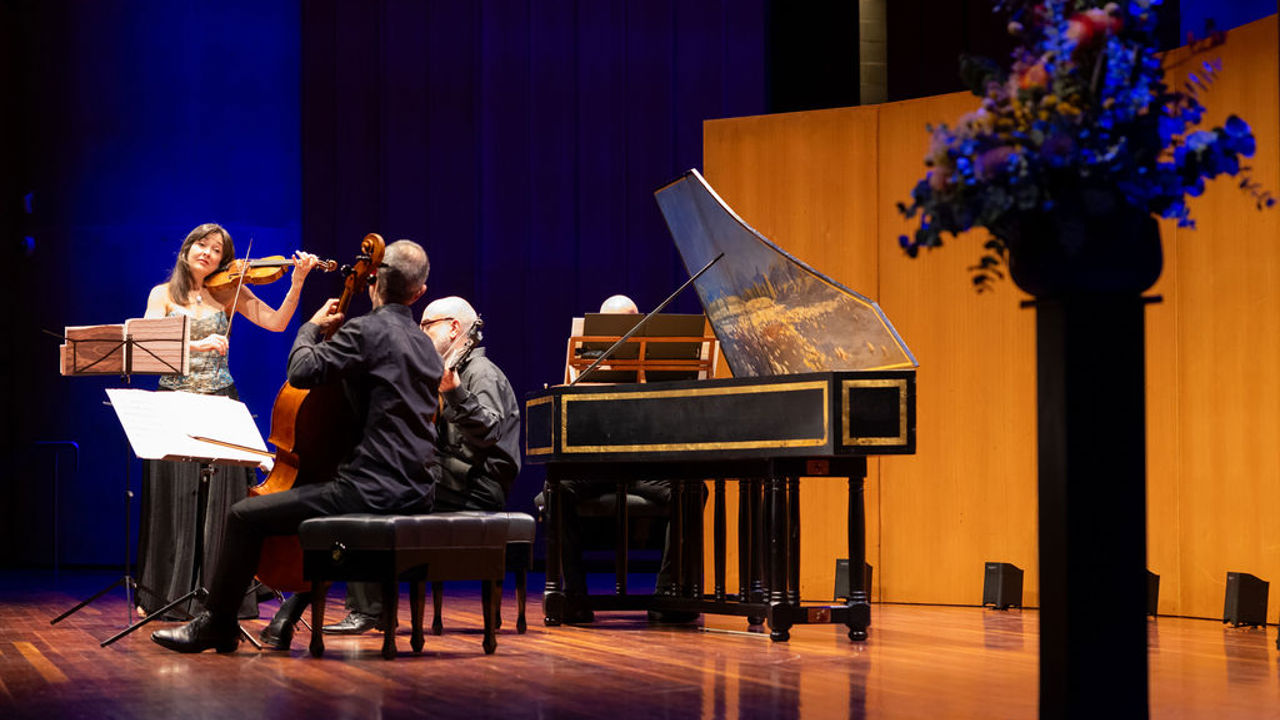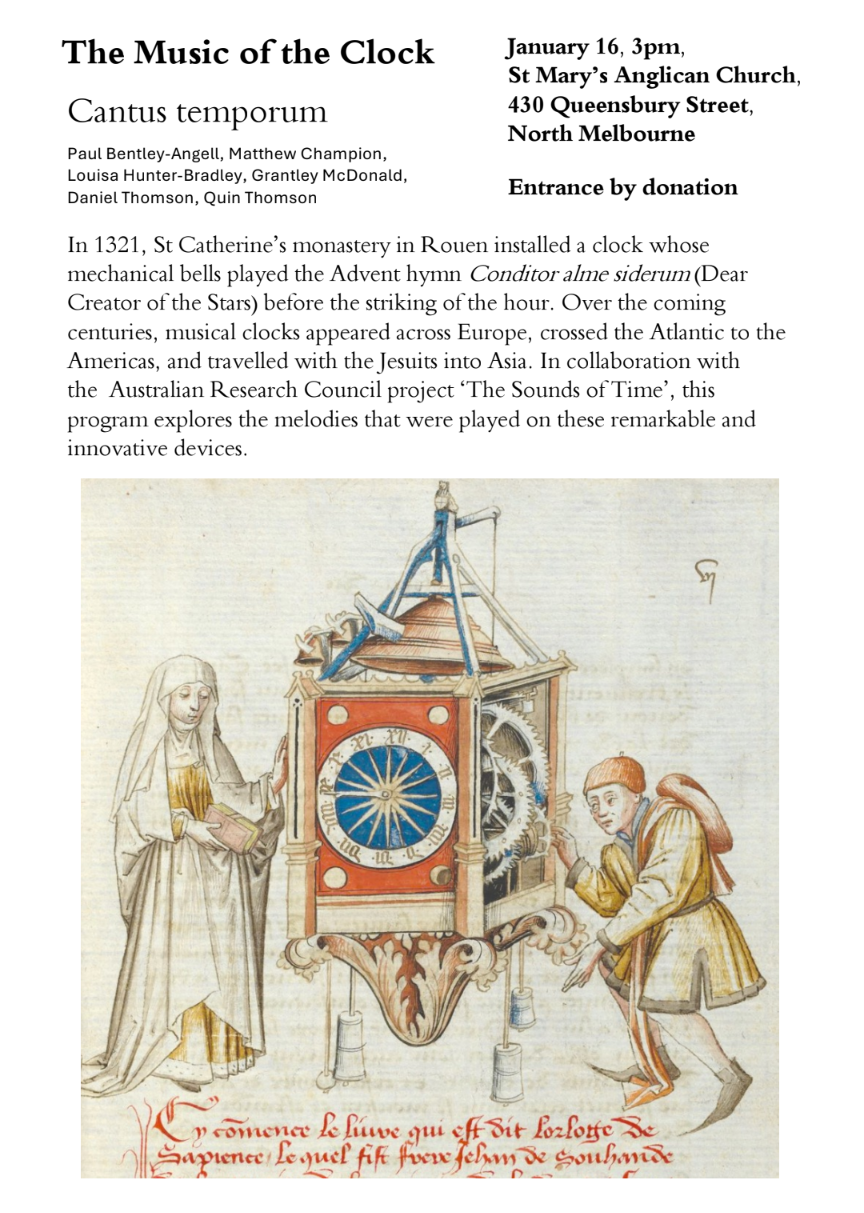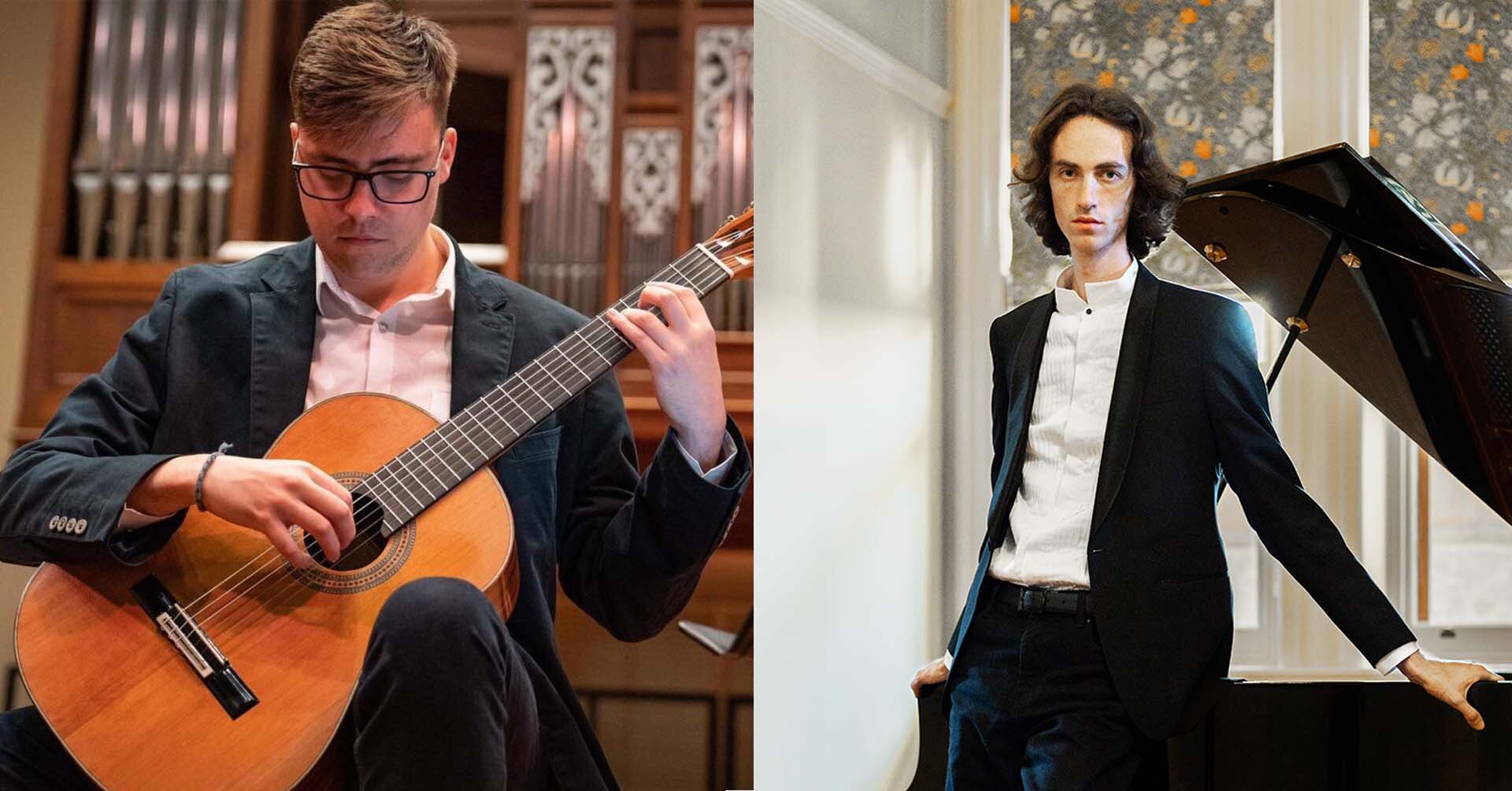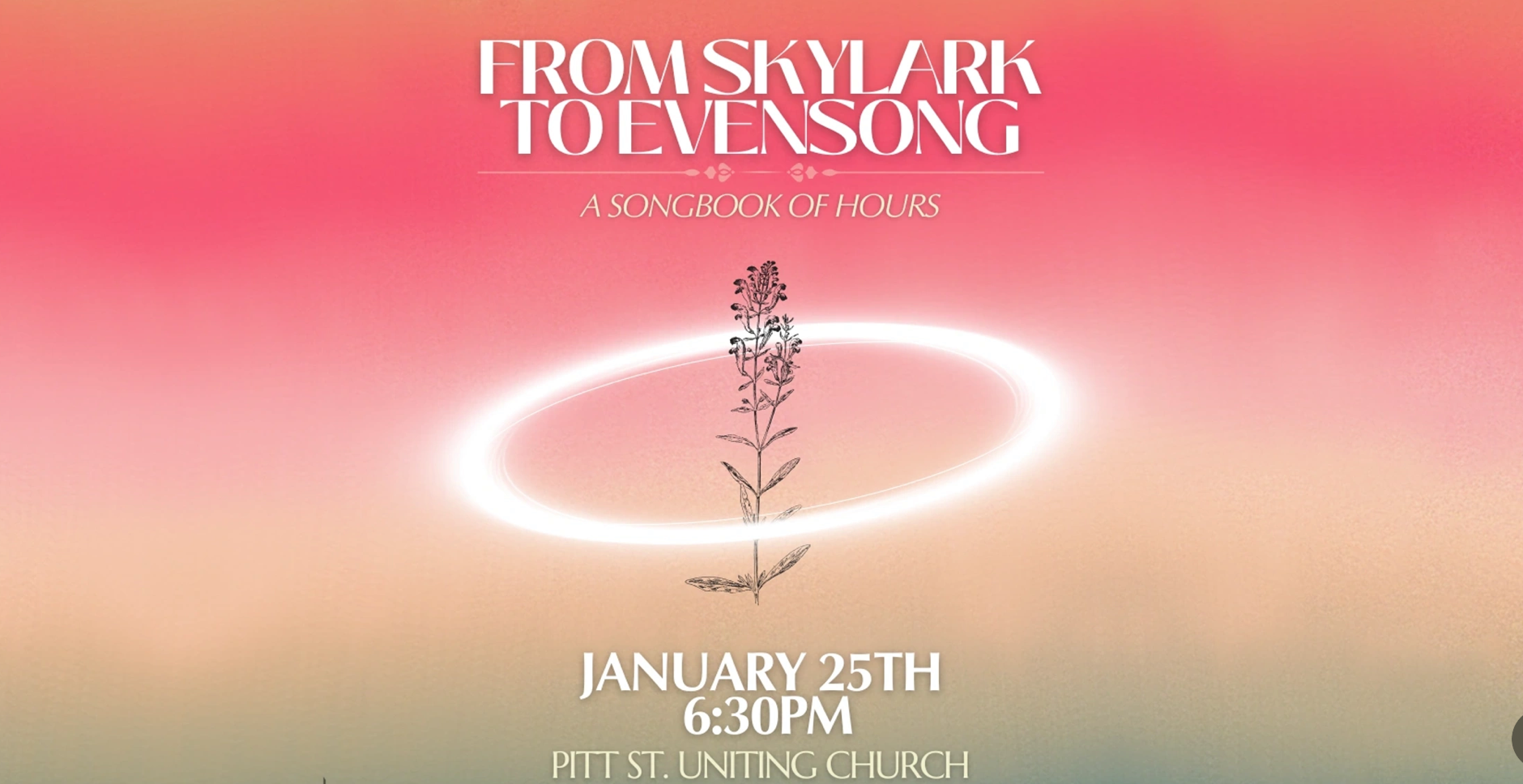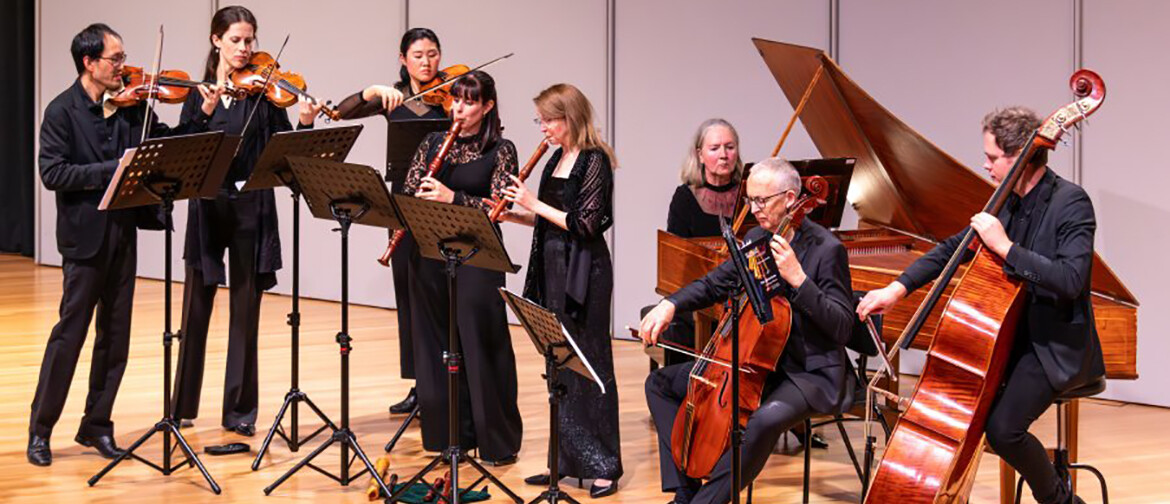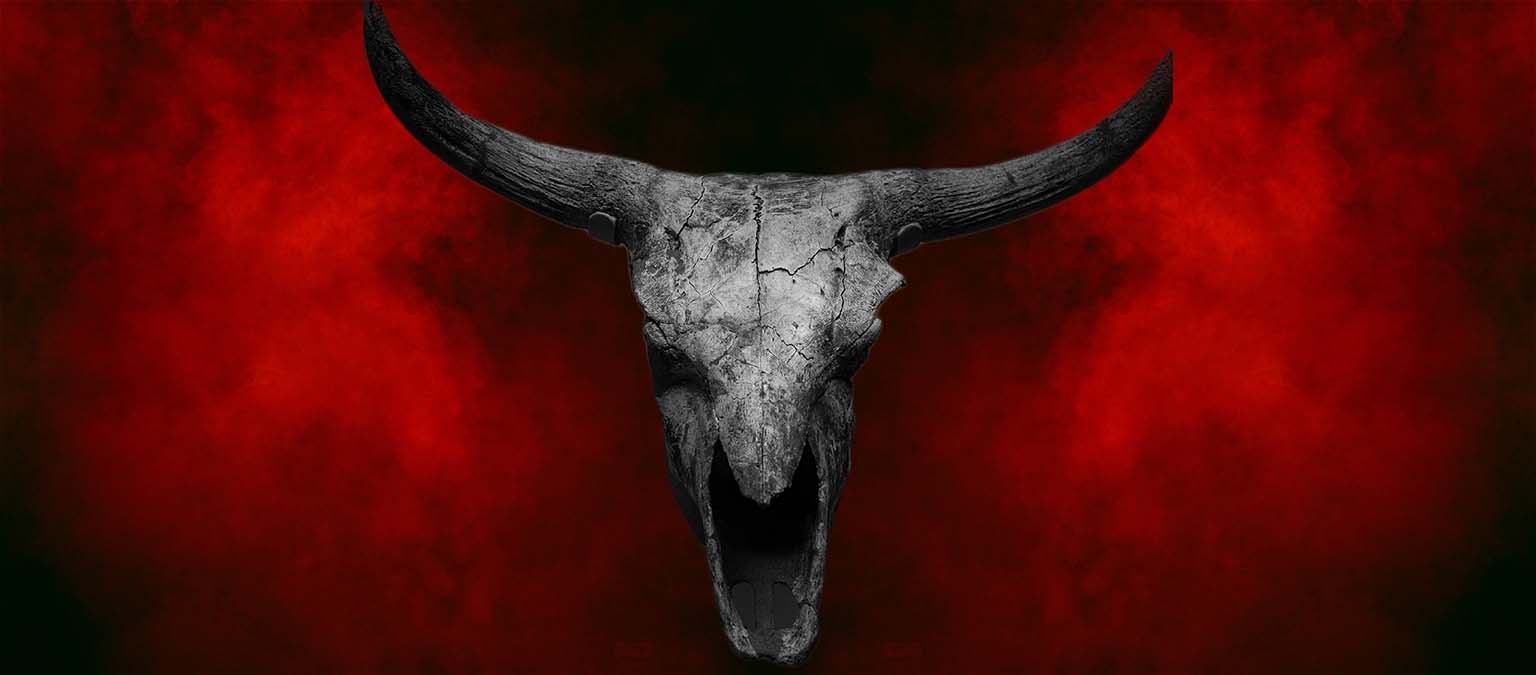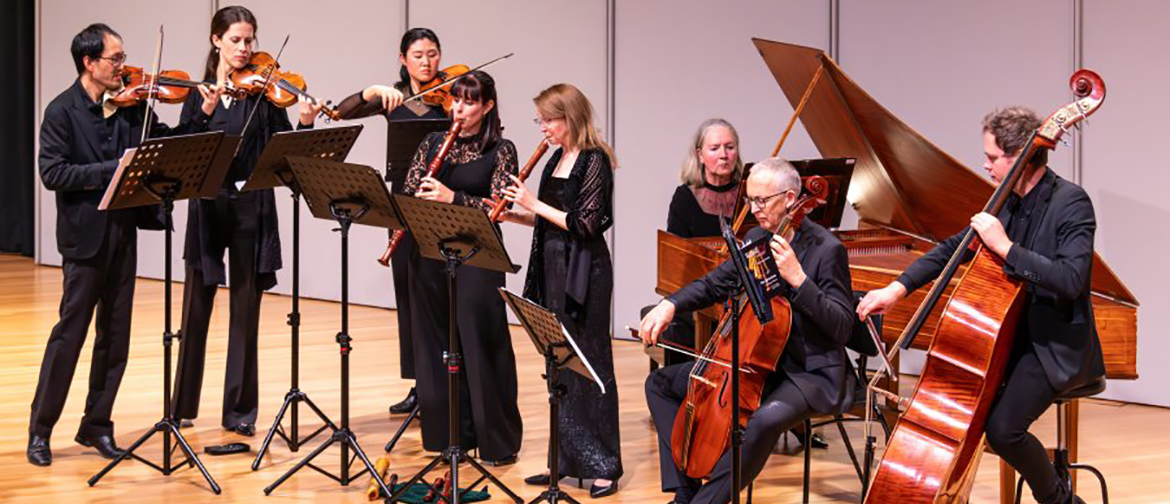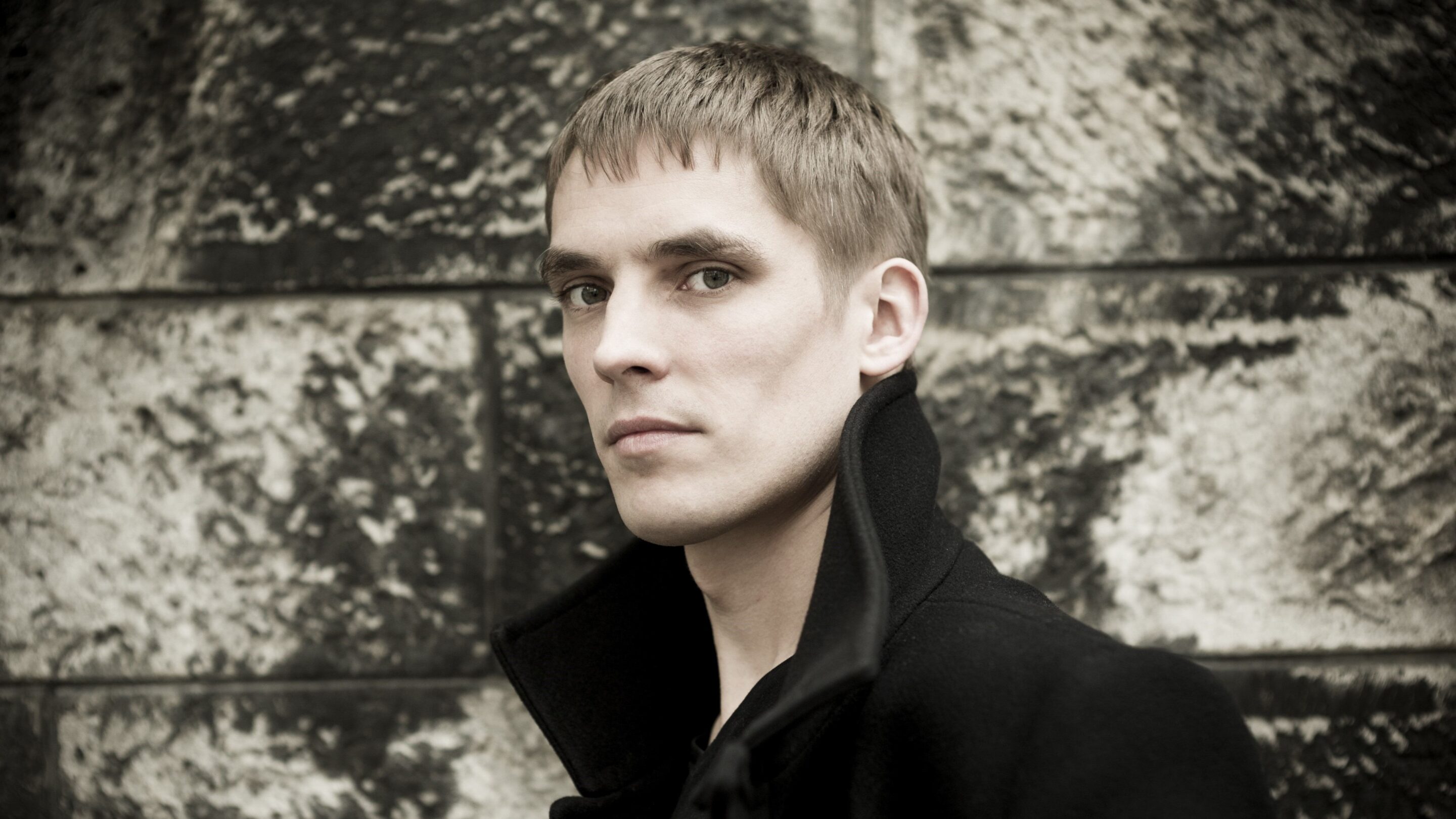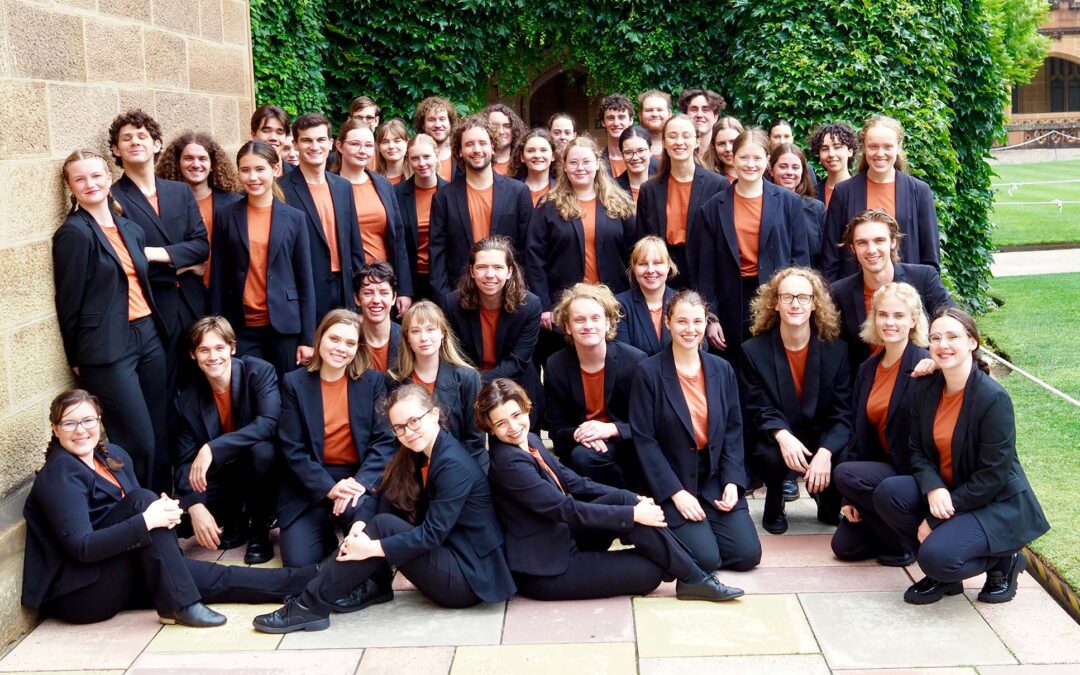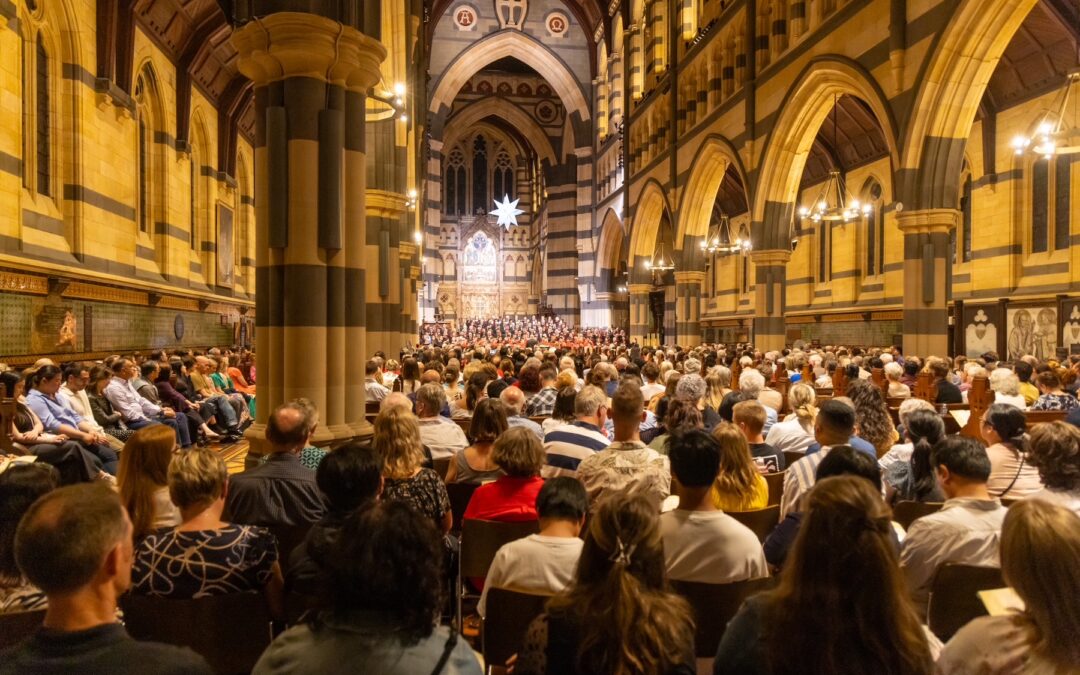Lina Tur Bonet and Musical Alchemica
November 23, 2024, Melbourne Recital Centre, VIC
LINA TUR BONET artistic director & baroque violin
MARCO TESTORI baroque cello
GIANGIACOMO PINARDI theorbo
KENNETH WEISS harpsichord
Programme
BIBER Sonata No. 1 in D minor ‘The Annunciation’
CIMA Sonata a 2
SCHMELZER Sonata Quarta in D major
MUFFAT Passacaglia in G minor for harpsichord
BIBER Sonata No. 10 in G minor ‘The Crucifixion’
Interval
CORELLI Violin Sonata in G minor, Op. 5 No. 5
TELEMANN Sonata for Cello in D major, TWV 41:D6
PICCININI Toccata
WESTHOFF Imitazione del liuto
CORELLI Violin Sonata in D minor, Op. 5 No. 12 ‘La Folia’
“Rhetorical energy”
What a pity the Melbourne Recital Centre was not even at half capacity for this stunning concert. If you have never heard of Musica Alchemica and Lina Tur Bonet on reading this review, you have now, and you need to move mountains to get to hear them. I sincerely hope they return to Australia as groups of this calibre are rare and very special. Under Lina Tur Bonet’s direction this group achieved a spell binding two hours of being transported into a concert given with love, verve, passion, gentleness, great contrasts and incredible expertise from each of the four musicians. There was a highly informative article about the music written by Julia Fredersdorff who is well known in Australia for her work on baroque violin. The CV’s of the musicians and other articles were interesting as well and I am still digesting all the information contained therein.
From where I was sitting near the front I could see the musicians were using different scores with some using facsimiles of the first editions while others were using modern editions for their ease of reading the notes. In any case it was clear that the musicians were all aware of the various editions, the editing and research around these works and why they were using the scores they did. It therefore did not matter that they were using different editions.
From the outset with the first Biber sonata it was clear that Bonet really enjoys herself, playing with a great smile yet focussed on the meaning and gesture of every note. While this can be very inward looking, this was not the case as the greater picture was there too. The three continuo musicians (see footnote) entered the stage area and began playing the opening bars. Dramatically entering from the rear of the hall Bonet played the whole first section from memory with perfect ensemble between the distant musicians. Biber’s mystery sonatas have an extraordinary range of expression from the virtuosic passages of very rapid passage work to rhapsodic and ecstatic adagio melodies, however, throughout this concert I never felt that the music was presented as merely impressively virtuosic; never!
I noted from the outset that the lute, a fairly quiet instrument, was clearly heard, the balance between instruments was always perfect and that as an ensemble there was often space between the notes, the space that is sometimes technically called articulation, but for me more a rhetorical energy arising from complete understanding of the music and its intent.
“Complete understanding of the music”
As in all the other works the Cima sonata had seamless transitions between sections with metre changes being logical and yet elegantly and convincingly executed. The next work began with a lute introduction after which the violin made a firm entry with a clear articulation to say this piece has now started. The ‘cello joined in this work by Schmelzer with pizzicato chordal playing echoing the lute’s plucked strings. In some of the rapid passage work the violinist used impressive displays of spiccato, a bouncing of the bow in one direction, which was very effective.
This concert showcased each musician and the Georg Muffat passacaglia is an extensive piece for keyboard probably best played on harpsichord. The work has a ritornello or rondo which is a brief opening section returned to after each variation. This long piece can very easily become staid and due to its length quite tedious, but the ritornello was given a slightly different aspect each time and each variation took us on an unfolding journey through many varying delights. I particularly enjoyed the warm sound Weiss achieved in the stile brise passages as in the 16th and 17th variations. Stile brise (broken style) refers to the lute like broken chords. As with the other musicians Weiss is a master of bending the beat and producing rhythmic flexibility that greatly assists the phrasings of this extended piece, one of the longer works for keyboard of the 17th century. In addition he achieved beautiful sounds and dynamics out of what is a very mechanical and monochrome instrument in the wrong hands, showing he thoroughly understands the harpsichord and what it can achieve. (see note 2.)
The second of the two Rosary sonatas performed, all written as meditations on the Rosary devotion of the Catholic Church, was introduced by Bonet, with a reference to the Jesuits who meditated on the religious mysteries with all their senses. The performance of the crucifixion sonata was most certainly given with all the senses, with impassioned fire contrasting with sadness and resignation perhaps portraying Mary’s feelings at seeing her son crucified. The story of the crucifixion says there was an earthquake at the passing of Jesus Christ and the finale of this sonata provides the fire and drama of this earthquake.
After the interval we were treated to one of the opus 5 Corelli sonatas this collection being so influential at the height of the baroque era. The wonderful tension and relaxation in phrasing here again showcased the focussed intent of the music and how each musician served the muses with absolute integrity. With three instruments in the continuo group there is the chance to artistically change the instrumentation and the adagio had only the harpsichord playing with the violinist. The warmth of tone again showed an understanding of continuo playing by Weiss who with great perspective contributed to the movement without overshadowing the violin, yet made his own individual statement through delightful subtle countermelodies and beautiful textural playing. The change in dynamics in the harpsichord is achieved in many ways despite the harpsichord not technically being able to play louder and softer.
“Incredible expertise from each of the four musicians”
Passing quickly through the solos for cello and lute so that this review is not too long, although much could be said – all of it very good, it was a worthwhile experience to have these instrumentalists showcasing their capabilities. From the lute’s expert passage work and clarity of part writing in the imitative sections to the cellist’s singing tone and dynamic shifting of roles with the continuo (lute and harpsichord now) we were treated to musicians at the top of their game. The final extremely rapid passages on the cello were played as if they were nothing too difficult as were the quick string crossings played as if they were merely jolly little things to articulate with humour. The toccata for lute had elements of a 20th century guitar concerto and at the end the lute played the final phrase repeatedly in a most effective fade-out. So much more could be said here; suffice to say the Telemann cello sonata and the lute toccata were brilliantly performed.
The Westhoff was a new composer and work for me and was a duo for violin playing pizzicato throughout in imitation of the lute. This was remarkable in many ways, but in particular the unified speeding up and slowing down of the two instruments. There were moments when I thought this was given an almost sexy musical banter between the two instruments.
While often played, the Corelli La Follia sonata the last of the twelve opus 5 collection of sonatas was given an individual treatment with Bonet already adding her own variations to the repeat sections of the opening theme. Each variation has its own character with more for the continuo and then less. These changing roles were superbly handled and added to the delight that this piece offers the listener. Again none of the rapid passages were merely virtuosic, they had direction and intent.
We did get an encore with a Spanish character through the performance of a Fandango. While Bonet was giving a tribute to various people and the good time she has had on this tour, the lute player and cellist provided accompaniment with the cellist tapping on the case to provide a fandango rhythm and the lute strumming in an almost Rodrigo guitar concerto-like chordal rhythm. This was almost in the style of the singer in a pub band announcing the players at the end of the gig and was most entertaining and effective.
I am so glad I went to this concert as I danced with the musicians in soulful, rhapsodic joyful, ecstatic moments one after the other. I was almost emotionally exhausted already after the first half due to the journey these four consummate musicians took me. This is a hitherto unknown group to me that I now will follow. I will research their CD’s online! The Recital Centre should have been standing room only!
-
Continuo group: The musicians playing the (figured) bass line adding improvised harmonies according to harmonic rules (inherent in the figures) producing textures to and driving rhythms to fill out the music in what becomes an individual performance with each different group performing the same music.
- Harpsichord Dynamics: Email me if you want a greater discussion of this from a harpsichordist’s point of view.

